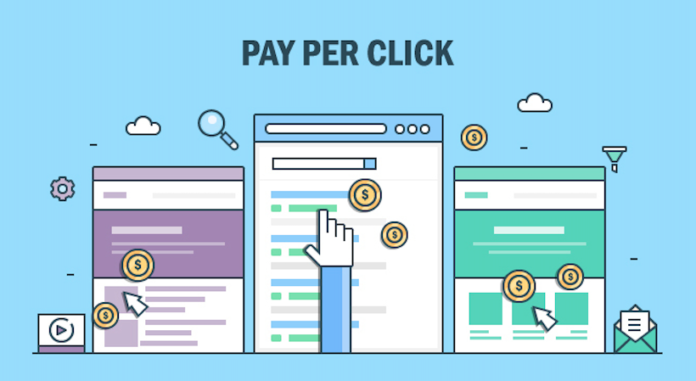Michelle Morgan, Director of Client Services at Clix Marketing, shares strategies that can improve B2B lead quality that can help any lead generation campaign.
According to Morgan, lead generation leaves the door open for anyone to convert on the initial lead conversion stage, regardless of their actual ability to buy the end product. ‘We need to develop strategies to target higher quality leads and deter unqualified users from filling out our forms.’
These strategies include:
Target more specific keywords
When working to improve lead quality, one of the first things you should do is revisit your keywords. Keywords are the backbone of search campaigns, and they determine who you will get in front of, what ad copy needs to be written, which landing pages you should use, and so on. The shorter the keyword, the less intent you can assign to its associated queries.
To address poor matches, you’ll need to pick one of two strategies:
• Be more vigilant with search query reviews and negative keyword additions, or
• Limit your use of broader match types.
One requires more ongoing optimisations while the other can limit volume more severely. Choose the one that’s right for you, but don’t be afraid to make adjustments over time.
Write landing pages for targeted customers
Landing page copy is another tool to further qualify the users on the page. The landing page copy outlines what our ideal customers would be. In the body copy of the page, call out specific characteristics that your product is built for (i.e young) and use images of young, healthy people living their best lives.
The same type of logic would apply to a B2B SaaS provider – those companies make more money on larger accounts. Even if your solution works for businesses of all sizes, use copy that specifically calls out ‘Businesses with 50+ Employees’ or whatever your parameters are. You could even write a header that says, ‘Best suited for companies who…’ and then give a series of bullet points outlining your target customer. You can be as subtle or as bold as you like, but ensure that you’re using your landing page to help qualify users.
Lead quality, not quantity
Give your form the attention it deserves. If you’re noticing a large number of forms filled by lower quality leads, try increasing the amount of information you ask for. But do not throw any old question in there, be sure it makes sense in the context of the form.
What additional piece of information does the sales team need in hand when following up with this lead? Annual revenue? Number of employees? Income level? By adding in questions about industry, job title, and company name, sales teams might be able to better speak to the lead’s individual needs simply by doing a little research before the follow up call. The sales team will feel prepared and the lead will feel heard.
Pay close attention to what exactly you’re asking for in a form as there’s a big difference in asking for an email address and a work email address, and yet for the sake of ease or laziness we leave the field identifier as ‘Email’. Similar to a slight change in keywords ‘insurance’ to ‘life insurance’, be sure you’re asking the user to give the exact information you want in your forms.
For more strategies click here.
Wordstream www.wordstream.com










